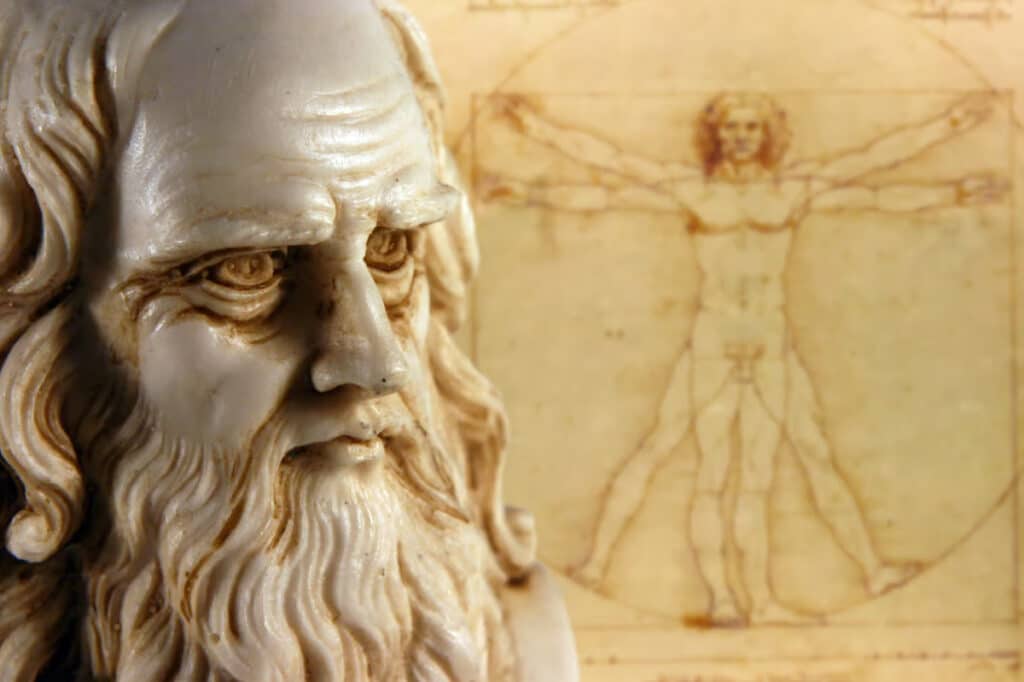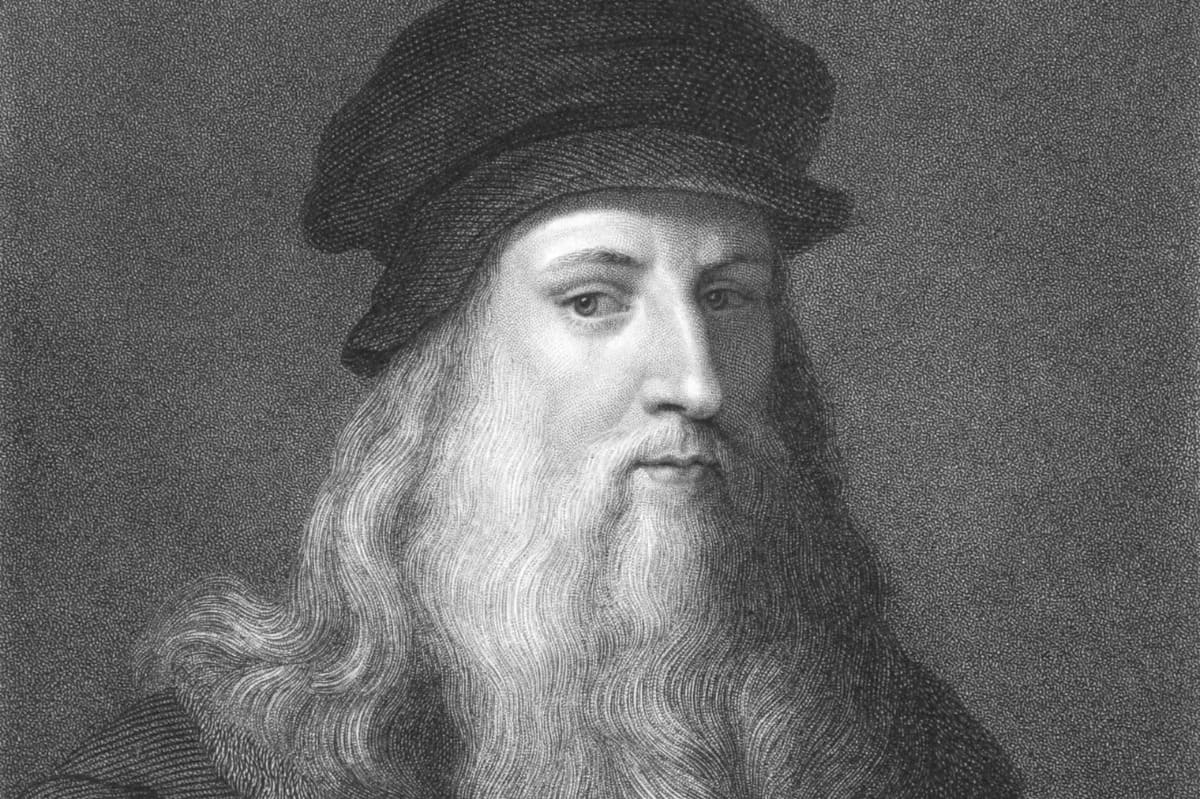A breakthrough study has just untangled over six centuries of genetic history, tracing Leonardo’s male line through 21 generations. These findings promise fresh insights into the biology behind a true Renaissance icon.
The genetic investigation that brings the master’s biological heritage to life
Despite no direct offspring, Leonardo’s bloodline survives through his father Piero and half-brothers. Researchers zeroed in on the Y chromosome, confirming a single, unbroken thread among six living male descendants. As Jesse H. Ausubel of Rockefeller University notes, modern techniques can even mine a fingerprint for viable cells.

Why does Leonardo da Vinci’s DNA still fascinate scientists? © Myper, iStock
From human remains to manuscripts: the quest for the complete genome
The project extends to bone fragments from Vinci’s Santa Croce vault. Early tests show the remains belong to a male relative, and if DNA can be retrieved, it will be matched against today’s descendants. That match could unlock biological clues on his sketches and manuscripts, shed light on preserved hair samples, and reveal genetic roots of his creative vision.
Following the family footsteps of the Mona Lisa’s painter
Beyond DNA, scholars mapped seven da Vinci homes in Vinci and its surrounds, uncovering a fireplace sketch of a “Dragon Unicorn” that mirrors Leonardo’s style. New evidence also points to his mother, an Eastern slave named Caterina, recorded in 1449 donation deeds. Striking likenesses between some living descendants and Leonardo’s self-portrait add a human touch to the science.
Genetic heritage advancing historical insight
This isn’t mere genealogical trivia. By applying paleogenetics, researchers are rewriting Leonardo’s story in biological terms. With his complete genetic profile in reach, we stand to learn not only how he saw the world, but why his genius endures.

